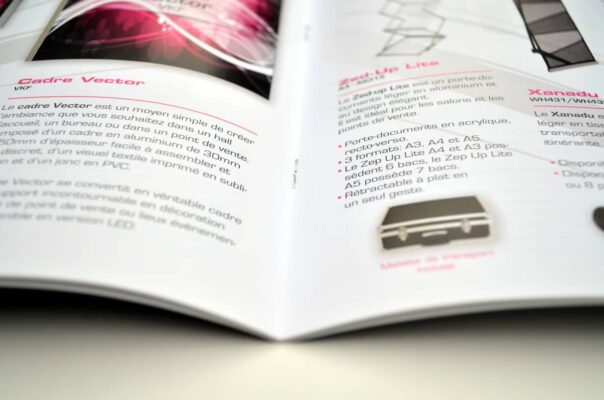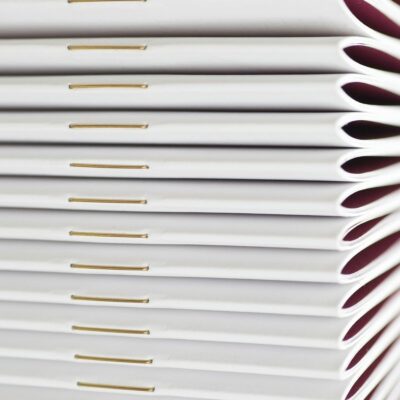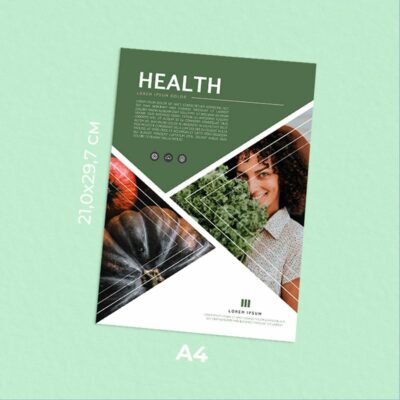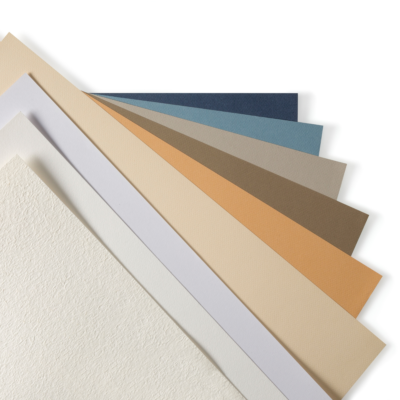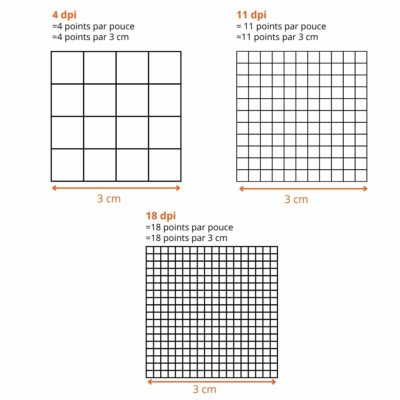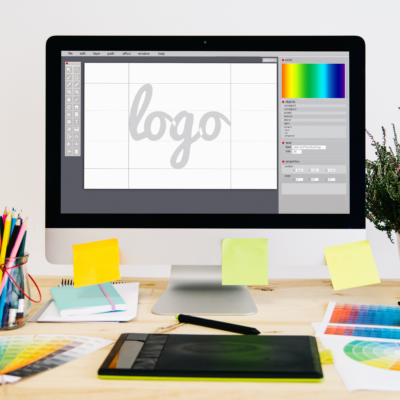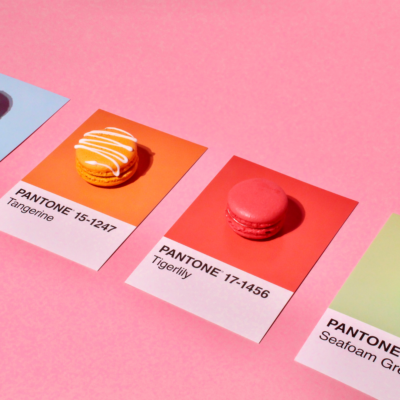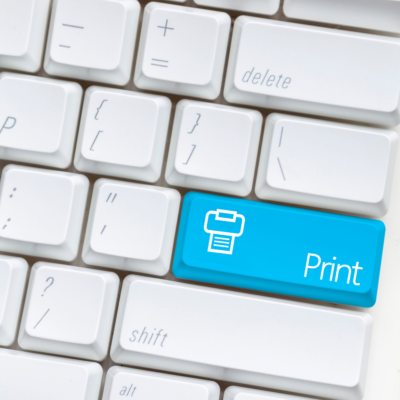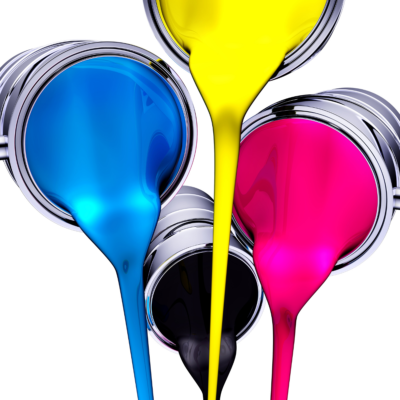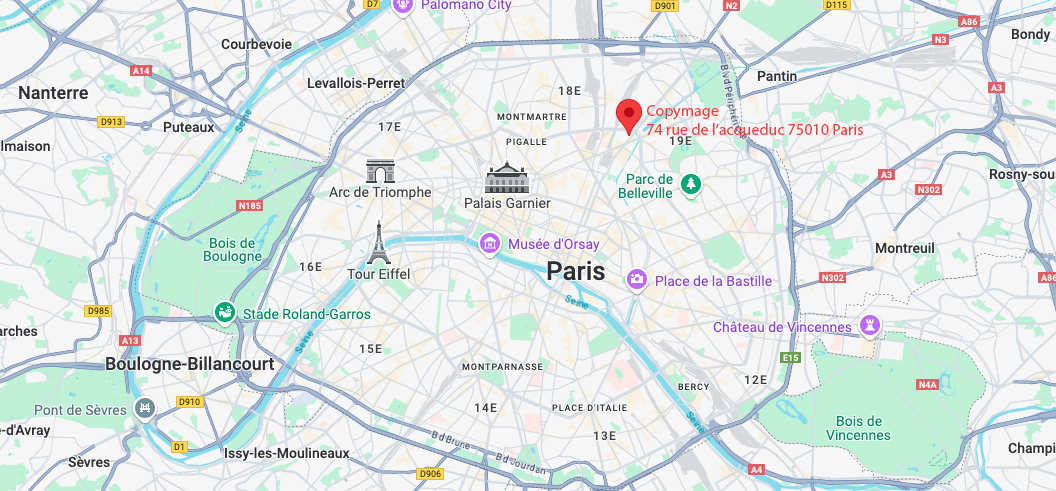- 📦 ON DÉMÉNAGE !🏭 COPYMAGE INTÈGRE L'IMPRIMERIE NOEL : 74, Rue de l'Aqueduc 75010 Paris✨ Nous allons faire la même chose, mais à un autre endroit ! ✨
- 📦 ON DÉMÉNAGE !🏭 COPYMAGE INTÈGRE L'IMPRIMERIE NOEL : 74, Rue de l'Aqueduc 75010 Paris✨ Nous allons faire la même chose, mais à un autre endroit ! ✨
- Call us 01 42 61 00 33
Monday to Friday 9:00 - 18:00 IMMEDIATE
CUSTOMISED QUOTERETRAIT EXPRESS
& LIVRAISON J+1-
-
- All
products - Cards
- Brochure
Files - Advertising
- Printing
- Office automation
- Adhesives
- Signage
- Themes
- Printing
Express in 4H
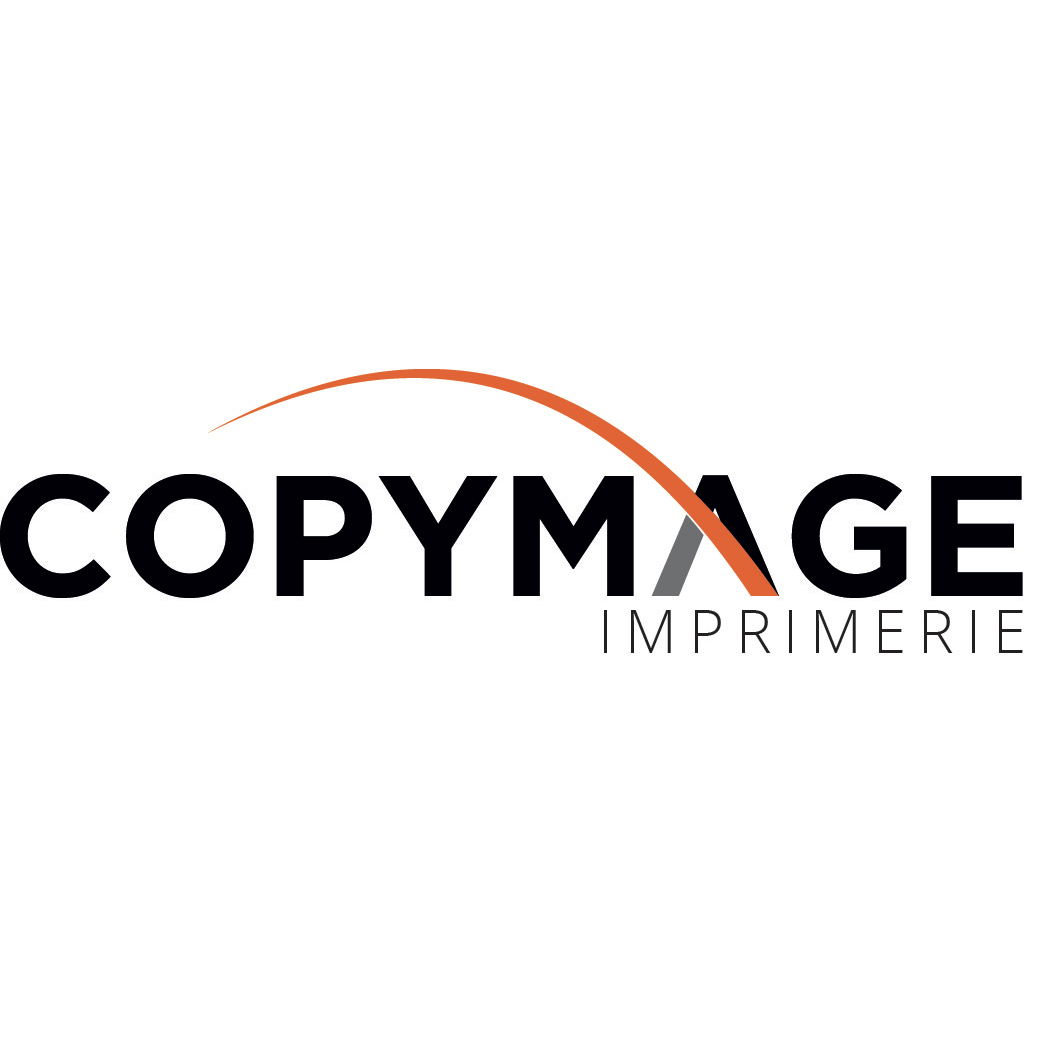
Tips & tricks from your printer
How to staple a document?
The brochure is a advertising medium commonly used by companies but also by associations and other organizations, because it is a practical support, on which it is possible to show a great number of information and illustrations. Nevertheless, to be effective, this brochure must be read, and therefore be attractive, which also depends on the quality of its binding. Here are our tips for stapling a document and getting a professional result.
Staple a document yourself: is it possible?
When you need to print a balance sheet or any other document with a large number of pages, the ideal is to staple it in order to hold the pages together firmly, and to make the document easier to read. You can do this with a simple staple or paper clip, but the result will not be very sturdy, and will be incompatible with a brochure containing a large number of pages.
If you want to staple a document yourself in an efficient and sturdy way, you can turn to plastic wands, into which you can slide the pages of your document. Available in many different colors, these inexpensive strips make it easy to bind several pages together and thus create a brochure.
Note, however, that they cannot bind a very large number of sheets, and they offer a much less robust result than a professionally bound brochure. The document should be handled with more care. Also, binding a large number of documents with a wand can be very time consuming.
Finally, you have the option of binding a document yourself with a spiral binder. To do this, you will need to print the pages of your document, put them in order, and then punch them with a hole punch machine. With this same machine, you can then staple the document yourself with a plastic or metal spiral. A process that requires the purchase of this machine, but which can also be tedious. The ideal is therefore to go through a professional printer.
The different types of brochures and their advantages
You prefer to save time and ensure a more robust result by entrusting this mission to a professional printer? We can only understand this decision! Here are the different methods used to stitch a document at a printer's:
- Spiral Binding: Similar to the way you might staple a document with a hole punch, spiral binding can be made of plastic or metal. Often used to create catalogs or training books, it is convenient because it can be opened 360°, making it easier to read and take notes.
- The glued square back binding: this type of binding is used to bind the pages of books for example. This binding consists in gluing the pages on the edge of the cover for a robust result, and an extremely qualitative rendering.
- The stapled binding The stapled binding : particularly economical, the stapled binding consists in binding the pages with two metallic points in the center of each page. It is particularly appreciated for binding brochures with illustrations because it has the advantage of being discreet and not cutting the images positioned astride 2 pages.
What type of binding should you choose?
To choose the ideal binding for your document, we advise you to take several points into consideration, such as your budget, the number of pages that your book contains, its functionality but also its longevity.
If you want to create a brochure that you will write in, such as a training brochure, then a spiral binding is probably ideal, as it allows you to open the document completely flat.
For a book intended to convey a very professional image but also to be consulted often, it will certainly be more judicious to turn to a glued square back binding, more resistant and high quality.
A promotional booklet or an advertising brochure can easily be stapled with staples, which will not cut the images and will help you to obtain a result that is both qualitative and economical.
As for the number of pages, keep in mind that beyond 40 pages, you must necessarily opt for spiral binding or perfect binding, as staples cannot hold that many pages firmly.
Our tips for successful printing
You now know everything there is to know about the different ways to stitch a document, and it's up to you to choose the solution that you feel is best suited to your project. Here are a few tips to help you succeed in your printing and get the support you need.
The first thing you should focus on before printing and binding your document is the quality of the document itself: we recommend that you always check one last time that the layout of your material is optimal, and that it does not include any mistakes.
If you choose a staple binding, you simply have to make sure that the number of pages chosen is a multiple of 4, even if it means adding blank pages. On the other hand, with a spiral binding or a glued square back binding, it will be essential to leave a sufficient margin on the left side of each page so that everything remains perfectly readable.
Next, make sure that everything is ready for the printing and binding of your document: are the margins in place? Have you thought about adding a table of contents or a bibliography? Are the images of good enough quality? Are the colors in CMYK?
Once you have checked these points, you must save your document as a PDF: this is extremely important, as it ensures that no element moves during printing. This applies to printing at a professional printer, but also to printing on your personal printer.
Finally, you can look at the other elements and options you want to apply to your brochure: type of paper, cover style, binding color, whether or not to add a laminated sheet on top, or a cardboard one underneath, etc. These are the options that will allow you to personalize your document.
If you have chosen to print and stitch a document yourself, you can go ahead and print and bind it, either with rods or a hole punch. If you prefer to have a professional printer produce and bind a document for you, then simplysend your PDF to the printer and choose your binding type.
Do you have any further questions or would you like to have a document stitched at COPYMAGE? Do not hesitate toconsult all our product sheets, where you will find more information on bound brochures and all the other media we offer.
Our rates
The best prices on the market
The quality
We are demanding and attentive to your satisfaction
Our deadlines
Tight deadlines thanks to our continuous production system
Imprim'vert label
We are careful about our footprint and waste management. We have obtained the Imprim'vert label.
Help & Advice
Our experts are here to help you.
HELP & ADVICE
Our experts are here to help you. Do not hesitate to contact them.
Adresse
74 rue de l’Acqueduc 75010 Paris
Métro
Ligne 2, 5, 7 : Stalingrad
Ligne 7; 7B : Louis Blanc
Bus
Lignes : 26, N42, 45, 48










